Guillain Barre Syndrome In Kids
Guillain barre syndrome in kids. In industrialized nations with widespread immunization programs Guillain-Barré syndrome is the most common cause of acute paralytic illness in children and adults. It affects only about one in 100000 people. In Guillain-Barré syndrome GBS the bodys immune system attacks the nerves outside the brain and spinal cord the peripheral nerves.
Characterize GBS and define the most frequent phenotypesMethods. If it affects the chest muscles for example a person can have breathing trouble and need to use a ventilator for a while. Anyone can get it at any age and both sexes are equally affected.
Guillain-Barré syndrome GBS or acute inflammatory demyelinating polyradiculoneuropathy AIDP describes a heterogeneous condition with a number of redundant variants. Its a temporary disorder and while most people who develop GBS make a full recovery it can be very serious in some cases and even lead to permanent nerve damage. About 3500 cases are diagnosed each year in the United States and Canada.
Guillain-Barré syndrome GBS is an acquired disorder of the peripheral nerves described best as a polyradiculoneuropathy. Guillain-Barré syndrome is one of several disorders involving weakness due to peripheral nerve damage caused by the persons immune system. While GBS comes on rapidly over days to weeks and the person usually recovers other disorders develop slowly and can linger or recur.
Typically GBS presents as an acute monophasic paralyzing illness provoked by a preceding infection. Children and Adolescents with Guillain Barre Syndrome Extensive development of immunization programs in industrialized countries is the most common and obvious reason of severe paralytic disease in children and adolescent. The acute immune-mediated polyneuropathies are classified under the eponym Guillain-Barré syndrome GBS.
The reports by country and region have shown its great variability and clarified its behaviorObjective. 04 -17 cases100000 population Very rare in children 1 year of age MF-151 M predominance more significant in adults rather than. A time series was constructed to analyze the epidemiological behavior.
The incidence of the disease has been estimated to range from 05 to 15 in 100000 in individuals less than 18 years of age. The broad spectrum of Guillain Barré Syndrome GBS includes different pathological phenotypes with a heterogeneous distribution.
Children and Adolescents with Guillain Barre Syndrome Extensive development of immunization programs in industrialized countries is the most common and obvious reason of severe paralytic disease in children and adolescent.
Peripheral nerves travel to and from the brain. In industrialized nations with widespread immunization programs Guillain-Barré syndrome is the most common cause of acute paralytic illness in children and adults. Its a temporary disorder and while most people who develop GBS make a full recovery it can be very serious in some cases and even lead to permanent nerve damage. Guillain-Barré syndrome GBS or acute inflammatory demyelinating polyradiculoneuropathy AIDP describes a heterogeneous condition with a number of redundant variants. While GBS comes on rapidly over days to weeks and the person usually recovers other disorders develop slowly and can linger or recur. Guillain-Barré syndrome GBS is the most common cause of severe acute weakness in children and acute inflammatory demyelinating polyradiculoneuropathy AIDP is the most common subtype in the western world. The acute immune-mediated polyneuropathies are classified under the eponym Guillain-Barré syndrome GBS. In Guillain-Barré syndrome GBS the bodys immune system attacks the nerves outside the brain and spinal cord the peripheral nerves. Guillain-Barré syndrome GBS is an acquired disorder of the peripheral nerves described best as a polyradiculoneuropathy.
Sensory and Autonomic nervous system. Most common cause of acute generalized paralysis in all age groups Estimated incidence. Characterize GBS and define the most frequent phenotypesMethods. Peripheral nerves travel to and from the brain. Children with Guillain-Barré often need to be admitted to the hospital for monitoring and care but most children recover fully and are able to go back to their regular activities in a few weeks. Guillain-Barr é syndrome Postinfectious polyneuropathy Mainly Motor Nerves occ. In industrialized nations with widespread immunization programs Guillain-Barré syndrome is the most common cause of acute paralytic illness in children and adults.
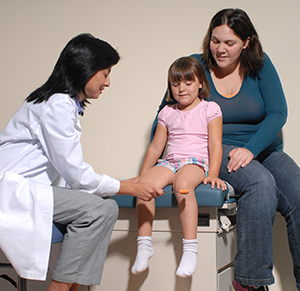

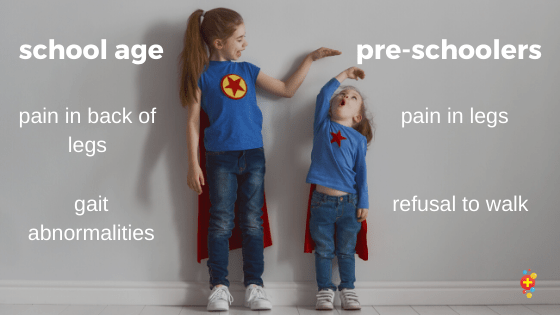
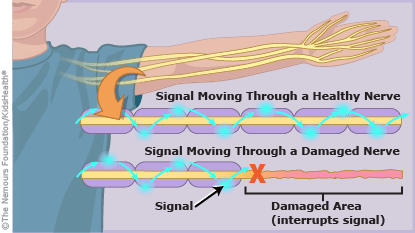



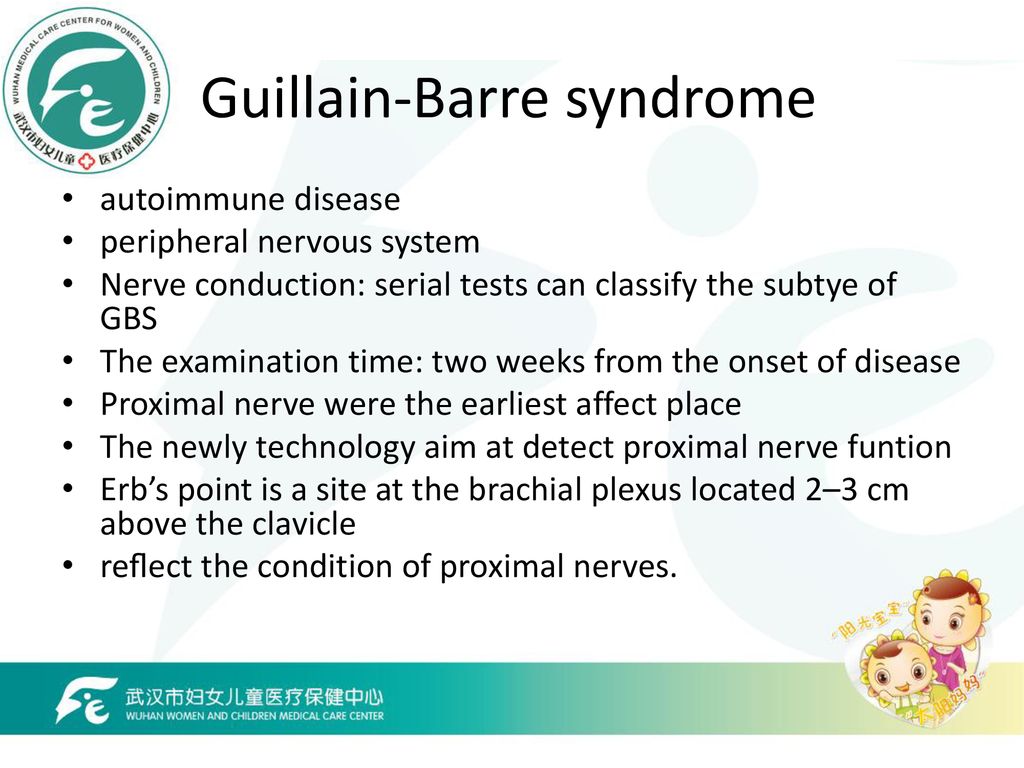
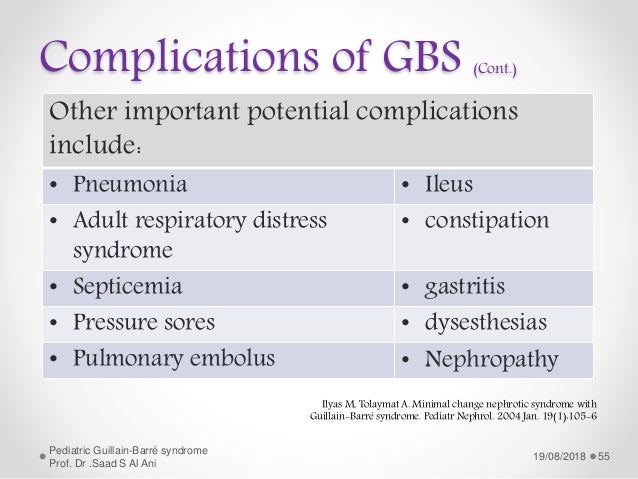

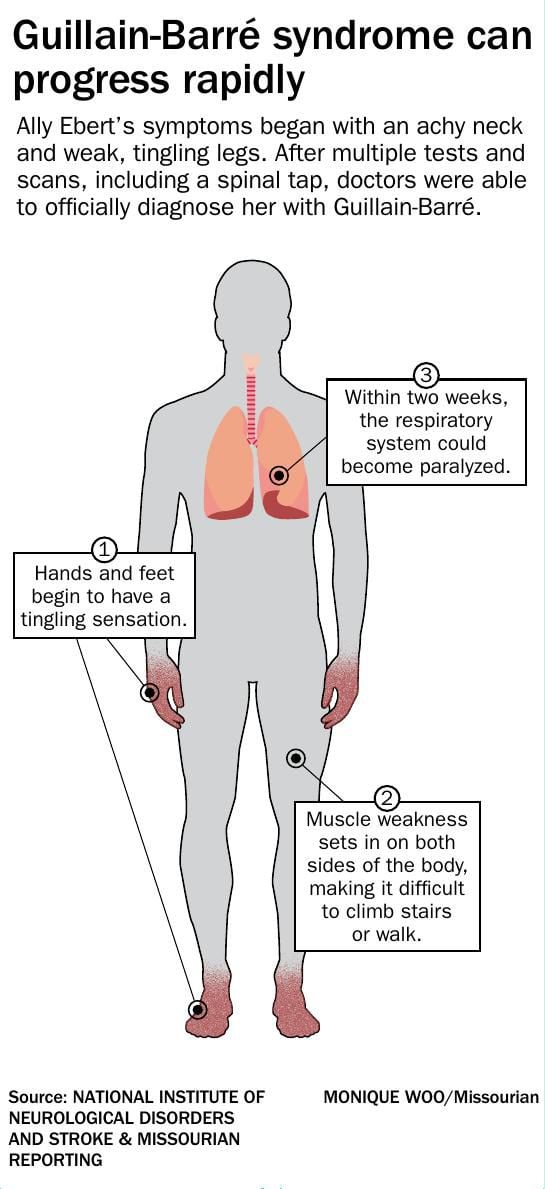

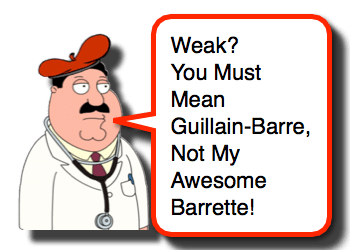
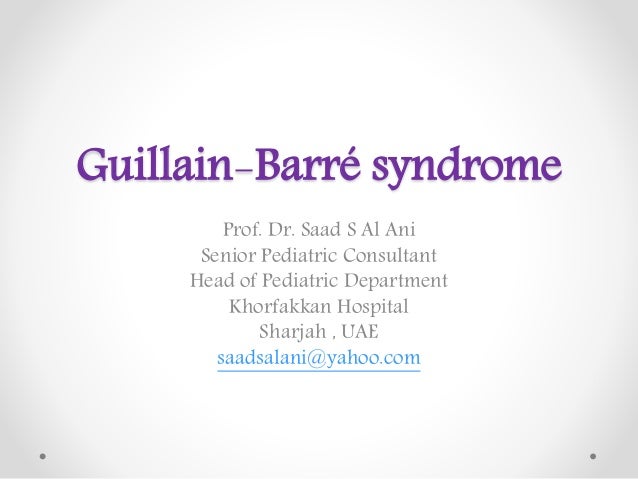



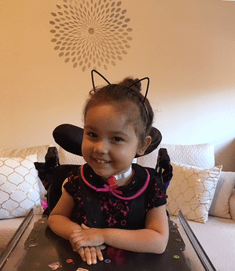






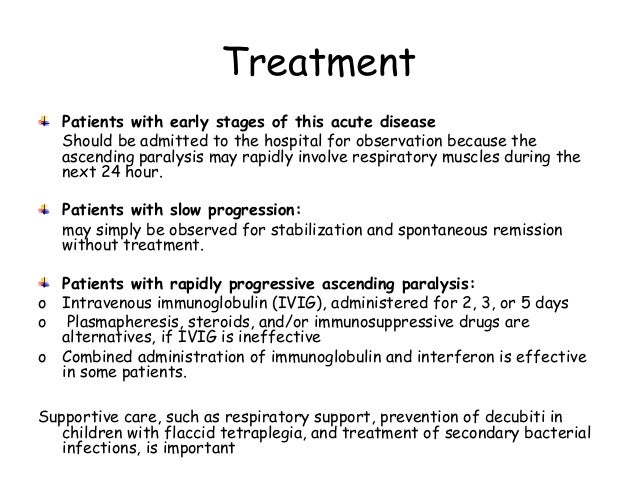
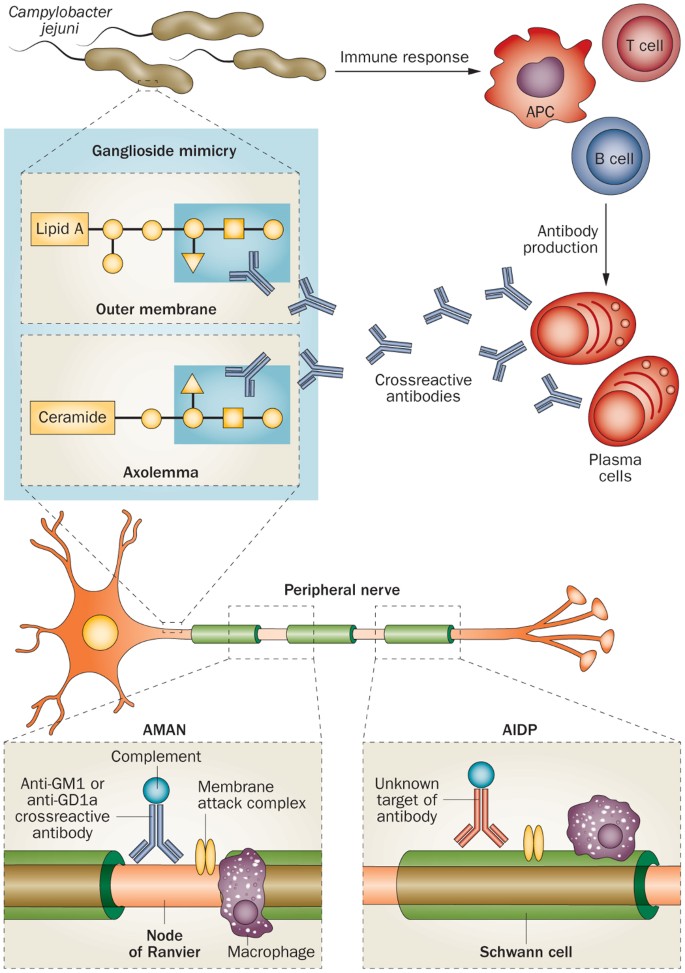





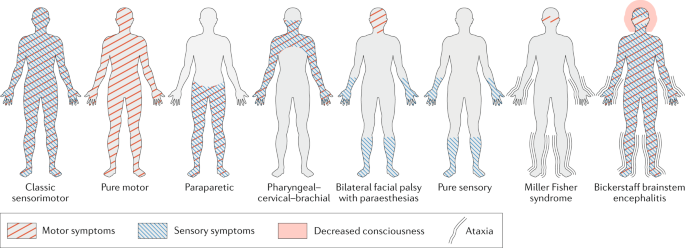


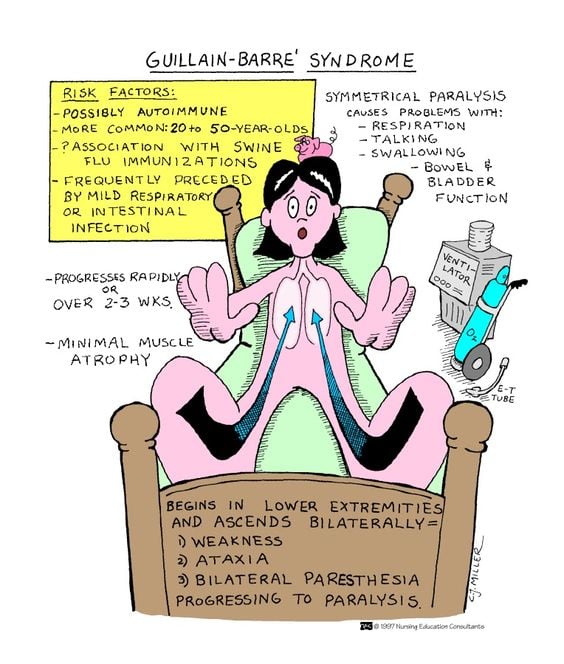

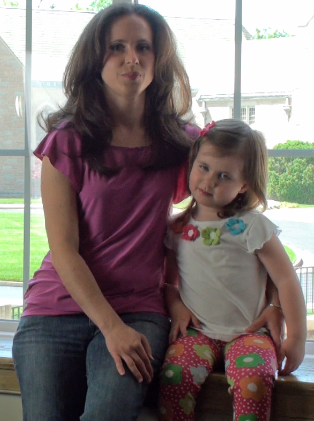



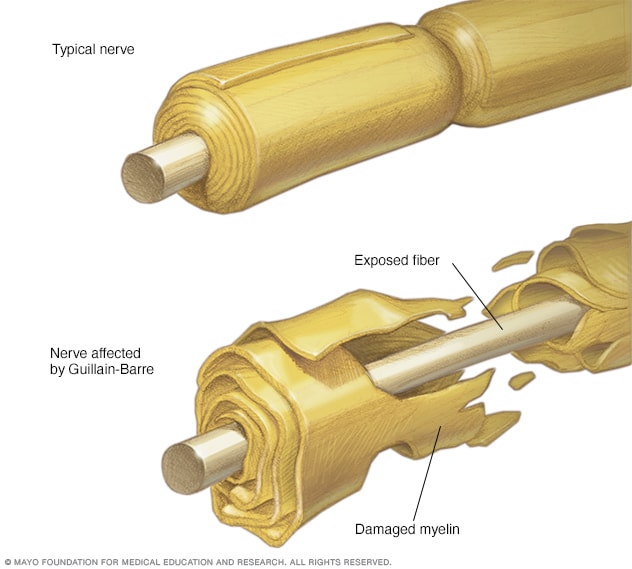

Posting Komentar untuk "Guillain Barre Syndrome In Kids"